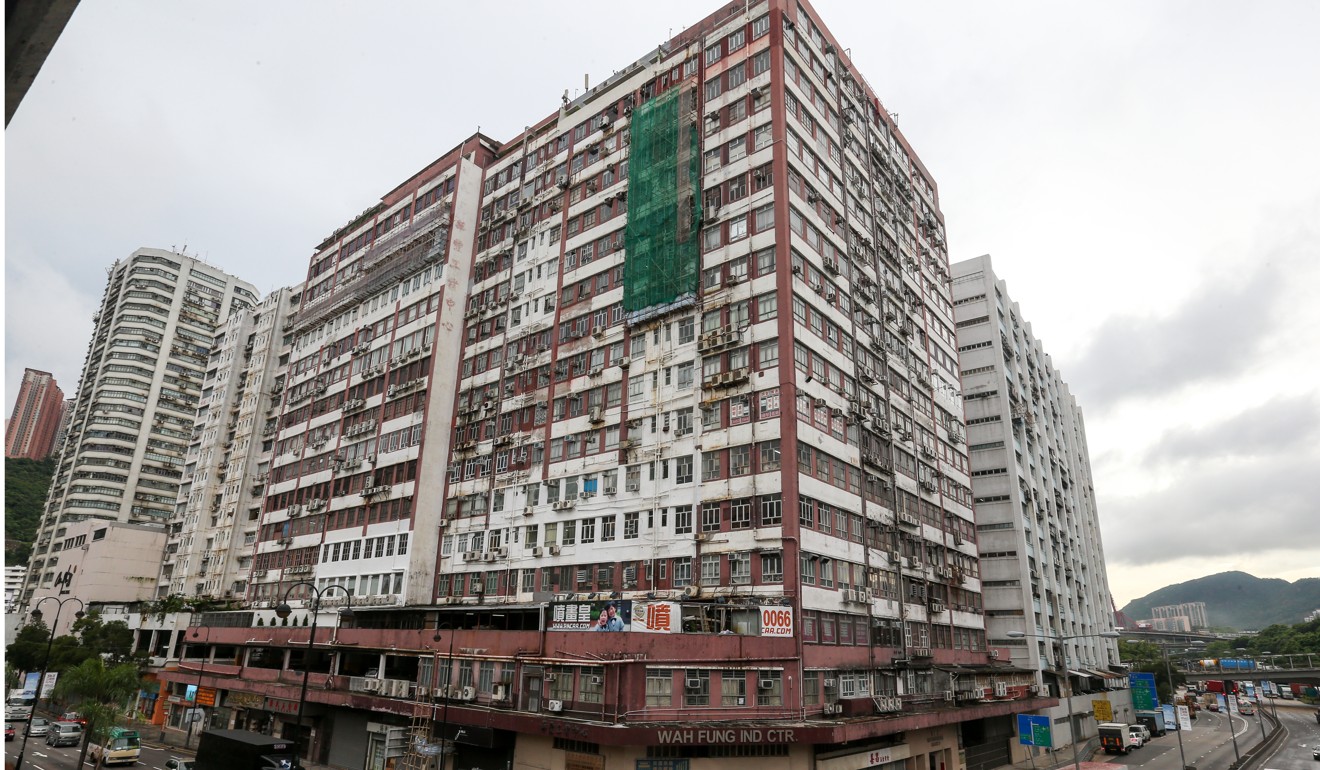
Why traditional industries can't win in Hong Kong’s industrial property market boom
From 2016 to 2017, the number of en-bloc transactions and value rose 130pc and 171pc respectively
Hong Kong’s industrial property market is heating up.
The Chief Executive Carrie Lam-Cheng Yuet-ngor in her policy address announced that the government is considering reactivating the industrial revitalisation scheme to encourage redevelopment or conversion of industrial buildings. The scheme – last in place between April 2010 to March 2016 to encourage owners to revitalise old industrial buildings – had seen the approval of 125 applications, where more than two thirds of them were being processed as of the end of March 2016.
Investments in the industrial property market is also reaching new highs. From 2016 to 2017, the number of en-bloc transactions of industrial buildings had surged by 130 per cent, with the total value rising 171 per cent from HK$6.8 billion (US$869.7 million) to HK$18.4 billion, according to CBRE.
In a recent government land sale, an industrial site in Tsuen Wan was sold at a record high to SUNeVision, the technology arm of Sun Hung Kai Properties known for its data centre services. On the surface, these developments indicate positive prospects. But as the odds are stacked in favour of some land users, there are others left with fewer options than ever.
As more funds were deployed into the sector over the recent years, the capital value of industrial buildings has increased at a higher rate than the city’s real economic growth. Many of these transactions have been made with the intention to redevelop these industrial buildings for residential or office use, echoing government initiatives. The continuing trend would reduce the supply of industrial space, drive up the rental value and raise the barrier for some industries to enter.

With landlords leaning towards the alternative users, those in the traditional industries such as car repair, food production, warehousing and logistics sectors, are being left behind. Traditional users face the challenge of meeting ever-rising rental rates, with some being forced to relocate. The impact should not be underestimated.
A case in point was the recent sale of two industrial buildings in the New Territories which forced all the tenants, mostly from traditional industries, to relocate. Close to one million square feet of industrial space will also be needed to reaccommodate these occupiers.
What clouds these businesses is that they are in a market limited by low vacancy, and short lease terms in which landlords can include a termination clause for sale and redevelopment.

With many industrial buildings bounded by outdated land usage restrictions, coupled with traditional industrial districts being rezoned for residential use, tenants have fewer options.
These challenges have deterred some businesses from putting down their roots in Hong Kong, and some have even been forced to close shop.
Traditional users face the challenge of meeting ever-rising rental rates, with some being forced to relocate
The real issue goes beyond money – occupiers are facing a city with dwindling industrial land supply, market demand leaning towards new industries, limited government support and unfavourable lease terms.
Those affected are not only business owners and employees, but also everyday consumers. A more balanced strategy of fostering the revitalisation of rezoned districts while restoring industrial supply and creating more cost-effective spaces in underutilised industrial estates may help address the issue.
To make more affordable and suitable space available for these left-out tenants, streamlined waivers will be necessary to facilitate land use conversion. The government can also consider exercising more flexibility in reassessing strict land usage rights that prevent some industrial occupiers from being able to operate in a space.
Traditional industries are still an important pillar of our economy and deserve greater attention from the government and the market to create a rental environment essential for their survival.
Samuel Lai is senior director for advisory and transaction services – industrial & logistics at CBRE Hong Kong.

